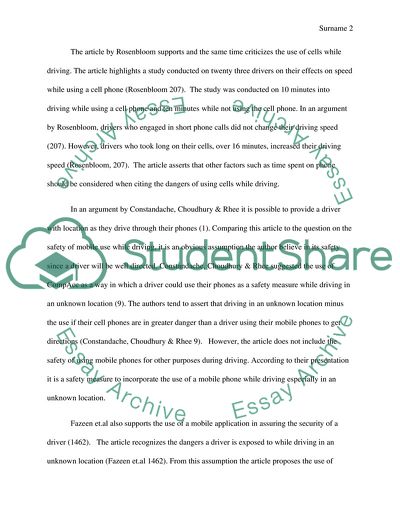Cite this document
(“Is it safe to use cell phone while driving Essay”, n.d.)
Retrieved from https://studentshare.org/english/1632650-is-it-safe-to-use-cell-phone-while-driving
Retrieved from https://studentshare.org/english/1632650-is-it-safe-to-use-cell-phone-while-driving
(Is It Safe to Use Cell Phone While Driving Essay)
https://studentshare.org/english/1632650-is-it-safe-to-use-cell-phone-while-driving.
https://studentshare.org/english/1632650-is-it-safe-to-use-cell-phone-while-driving.
“Is It Safe to Use Cell Phone While Driving Essay”, n.d. https://studentshare.org/english/1632650-is-it-safe-to-use-cell-phone-while-driving.


